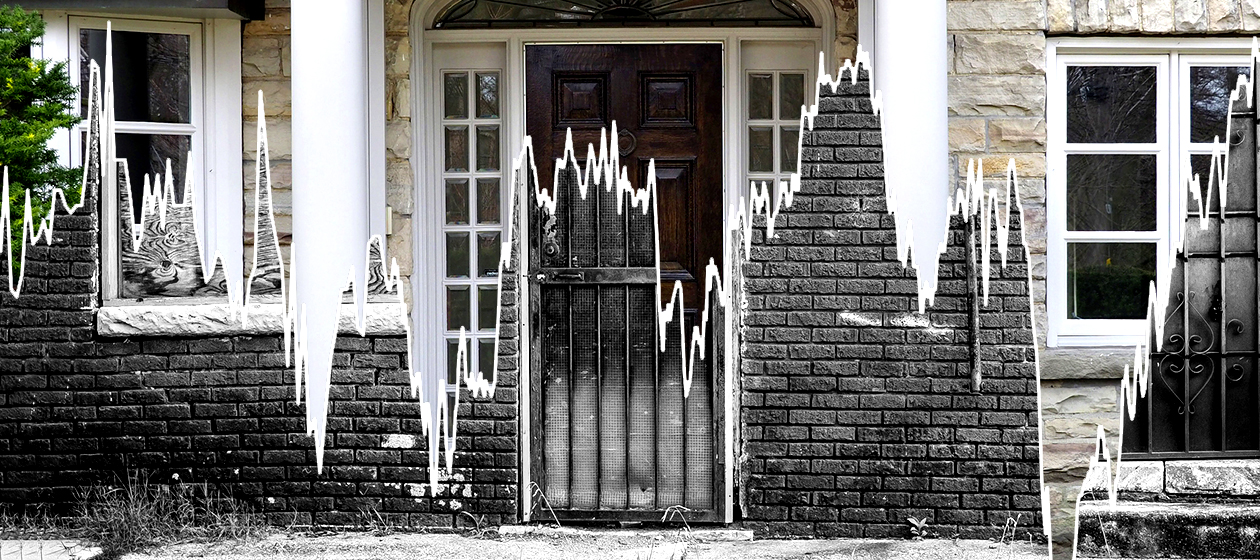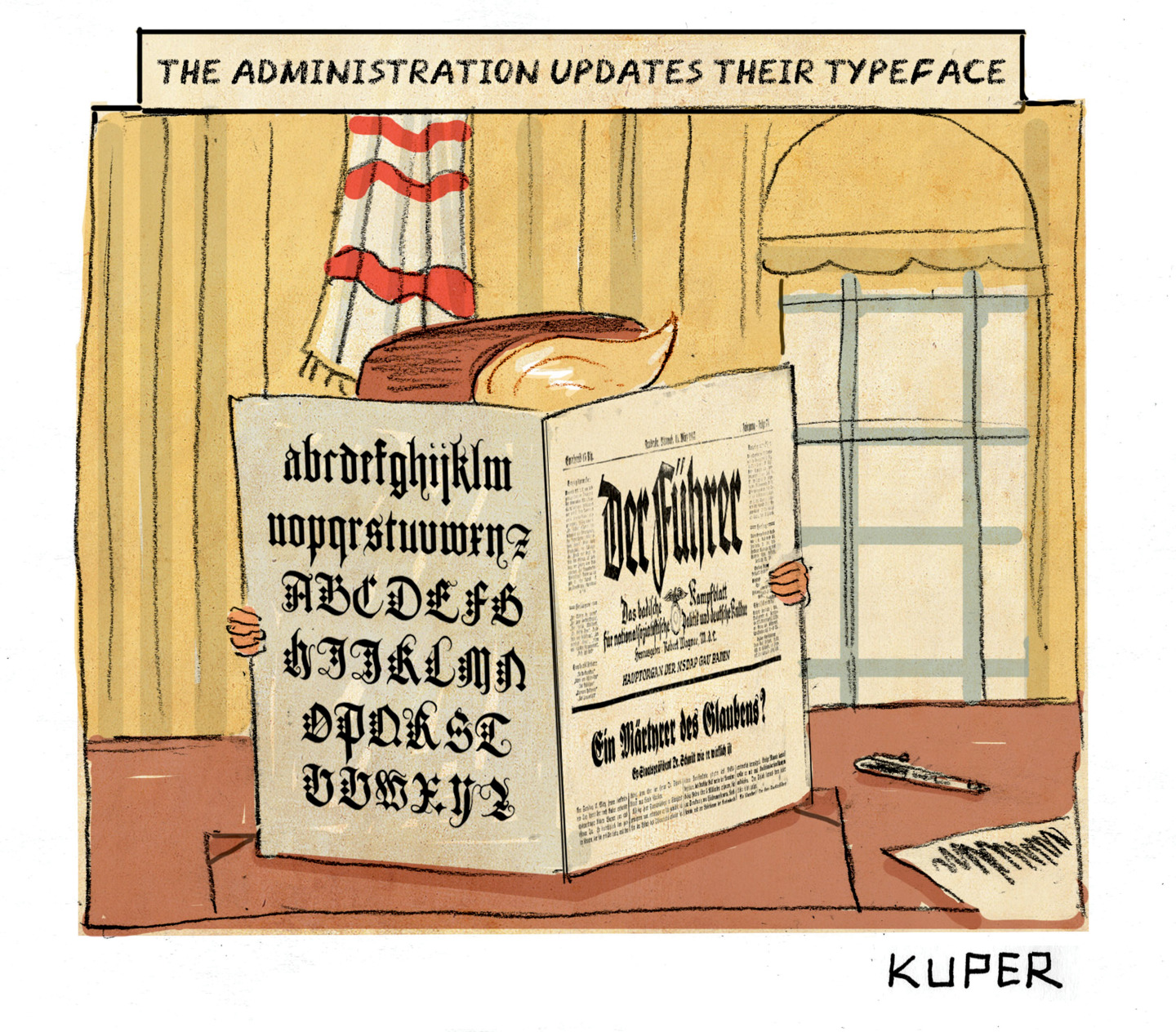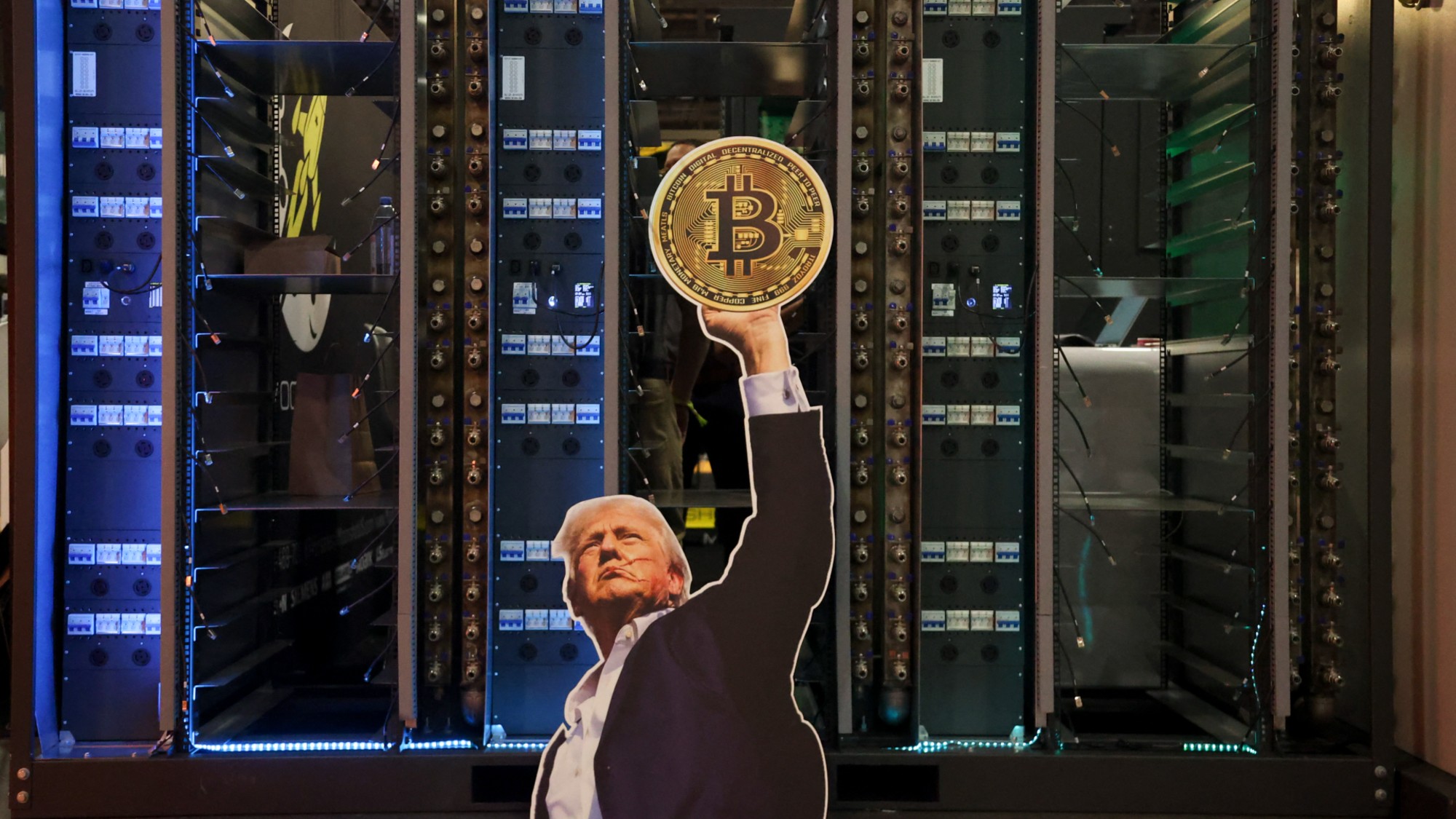This is the one economic stat you should pay attention to
It's not the unemployment rate. It's the labor force participation rate. And in August, it finally stopped its slide into the abyss.


Pop quiz, hot shot: What's the most important data point in last Friday's jobs report? The number of new jobs? The unemployment rate? Wage growth?
The correct answer is "none of the above."
The government's big surveys of the population are subject to all sorts of competing forces, so the data tends to jump around. And for all the excitement that surrounds the monthly jobs report, any one data point isn't terribly useful. What you want to look for are the trends over time.
The Week
Escape your echo chamber. Get the facts behind the news, plus analysis from multiple perspectives.

Sign up for The Week's Free Newsletters
From our morning news briefing to a weekly Good News Newsletter, get the best of The Week delivered directly to your inbox.
From our morning news briefing to a weekly Good News Newsletter, get the best of The Week delivered directly to your inbox.
So which trends should we be looking at? The unemployment rate has been headed down for awhile, and hit 5.1 percent in August. That's undoubtedly good. But as we've discussed, the unemployment rate is the percentage of the labor force that doesn't have a job. And the labor force is everyone who's employed, plus people who are unemployed and want a job, and have looked for one within the last four weeks. It doesn't count people who want a job but have given up looking.
That means the unemployment rate can fall, not because people are finding jobs, but because they're giving up on finding a job entirely.
After the Great Recession, the portion of the population participating in the labor force nose-dived from about 66 percent, and just kept falling. It's now at 62.6 percent, which is as low as it's been since the late 1970s.
That brings us to the trend we should be paying attention to, and some genuine good news that's, well, new: August was the third straight month the labor force participation rate has been at 62.6 percent. If once is a coincidence, twice is an accident, and three times is a conspiracy, then it appears we have a trend: The slide of the labor force participation rate into the abyss has stopped.
A free daily email with the biggest news stories of the day – and the best features from TheWeek.com
Unfortunately, that just raises a new question: What should the rate be, ideally? To answer that, we need to zoom way out, to look at the labor force participation rate over several decades. And as you can see, although we've stopped the slide, we arguably still have a lot of rebuilding to do. Between 1990 and 2007, the labor force participation rate (the blue line below) bounced around between 66 and 67 percent:
[[{"type":"media","view_mode":"media_large","fid":"128117","attributes":{"alt":"","class":"media-image","height":"399","style":"display: block; margin-left: auto; margin-right: auto;","typeof":"foaf:Image","width":"600"}}]]
Back in the mid-century, we were stable at a much lower rate, because women had not yet entered the working world en masse. So that structural and cultural shift in the make-up of the workforce can throw off the search for a good baseline. But as you can also see above, the labor force participation rate for women specifically (the red line) peaked right around 2000. Ever since then, it's moved in lockstep with the labor force participation rate for men (the green line) as well as the overall rate.
So the rate in 2000 seems a good benchmark: 67 percent. That's what it would be in a healthy, well-functioning economy and society.
There's no real structural reason why it should have changed since then. We're graduating more people from college, which keeps people out of the labor force for longer, but not that much more. Retirement also keeps people out of the labor force, but the official retirement age for programs like Social Security and Medicare has been slowly headed up, not down. And other than a brief and already collapsing bulge in response to the Great Recession, lord knows we haven't significantly increased the money going into programs like TANF or food stamps or housing vouchers and other aid for the poor that could presumably induce people to not bother looking for work.
Just to pound the point home, here's the labor force participation rate just for people age 25 to 54, which should cut out most students or retirees:
[[{"type":"media","view_mode":"media_large","fid":"128119","attributes":{"alt":"","class":"media-image","height":"399","style":"display: block; margin-left: auto; margin-right: auto;","typeof":"foaf:Image","width":"600"}}]]
It's the same thing: It peaks in 2000, drops after the 2001 recession, never recovers, then drops again after 2008. (For the record, the labor force participation rates for men and women in these age ranges behave the same as those in the overall rate.) Though like the overall participation, the 25-to-54 rate does show the post-2008 drop has leveled off.
The big picture story here is that the collective social fabric that is the U.S. economy has been slowly tearing for years, with people just giving up on the possibility of having a job. There's a "stair step" effect in which both the 2001 and the 2008 recessions slashed wounds in the labor force that never healed. Even more worrisome, the damage has arguably been building much longer than just the last 15 years: Look back at the labor force participation rate for men, which has been dropping since mid-century. (Same thing for men in the 25-to-54 age range.)
There's an enormous number of factors that go into this: the collapse of unions, the targeting of a lower inflation rate by the Fed, the turn toward austerity in fiscal policy, the rise of jobless recoveries, and changes to U.S. trade policy, to name just a few. But what they all add up to is a more desperate and ragged workforce. That, in turn, means workers have less leverage to claim a fair share of the wealth the economy produces, so inequality has been headed up.
But let's end on some (potentially) good news. If you look back at both graphs, after the participation rates fell following the 2001 recession, they leveled off and then began to tick back up, if ever so slightly. Then that rise was cut off by the 2008 disaster. But now the rates have leveled off again. And if history is any guide, they should start heading up again. The social fabric of the economy appears able to repair itself.
Whether American policymakers will let it? That, I'm afraid, is another matter.
Jeff Spross was the economics and business correspondent at TheWeek.com. He was previously a reporter at ThinkProgress.
-
 A long weekend in Fontainebleau
A long weekend in FontainebleauThe Week Recommends Less than an hour from Paris, this historic town is perfect for a short break
-
 Political cartoons for December 16
Political cartoons for December 16Cartoons Tuesday’s editorial cartoons include calibrating fonts, Christmas classics, and more
-
 Cryptocurrency and the future of politics
Cryptocurrency and the future of politicsIn The Spotlight From electoral campaigns to government investments, crypto is everywhere and looks like it’s here to stay
